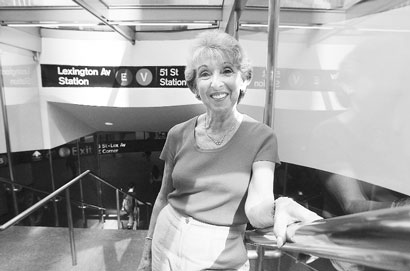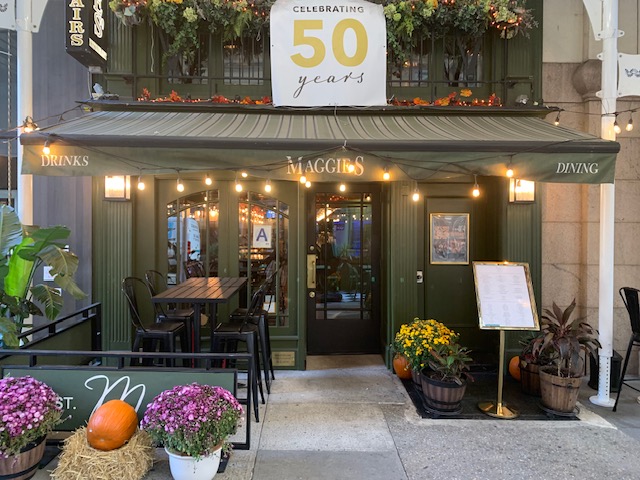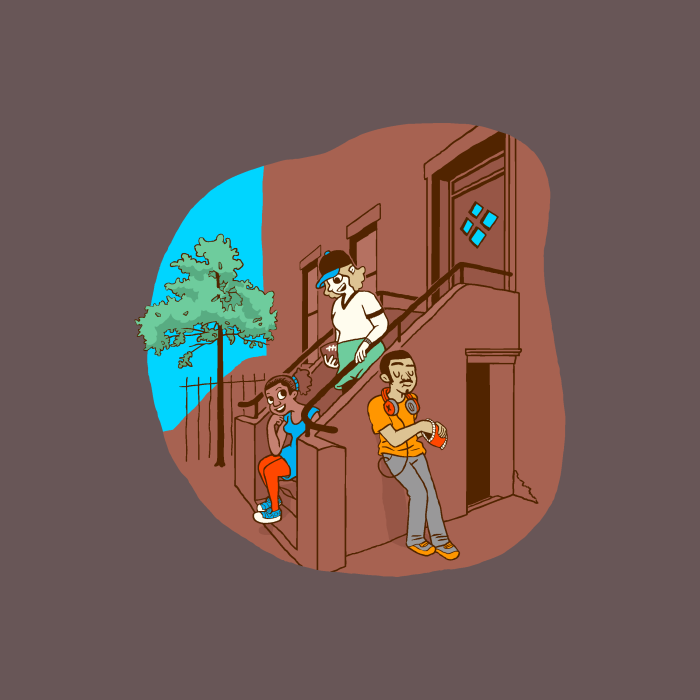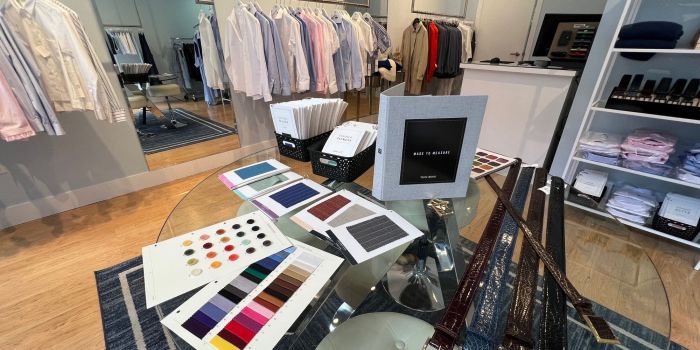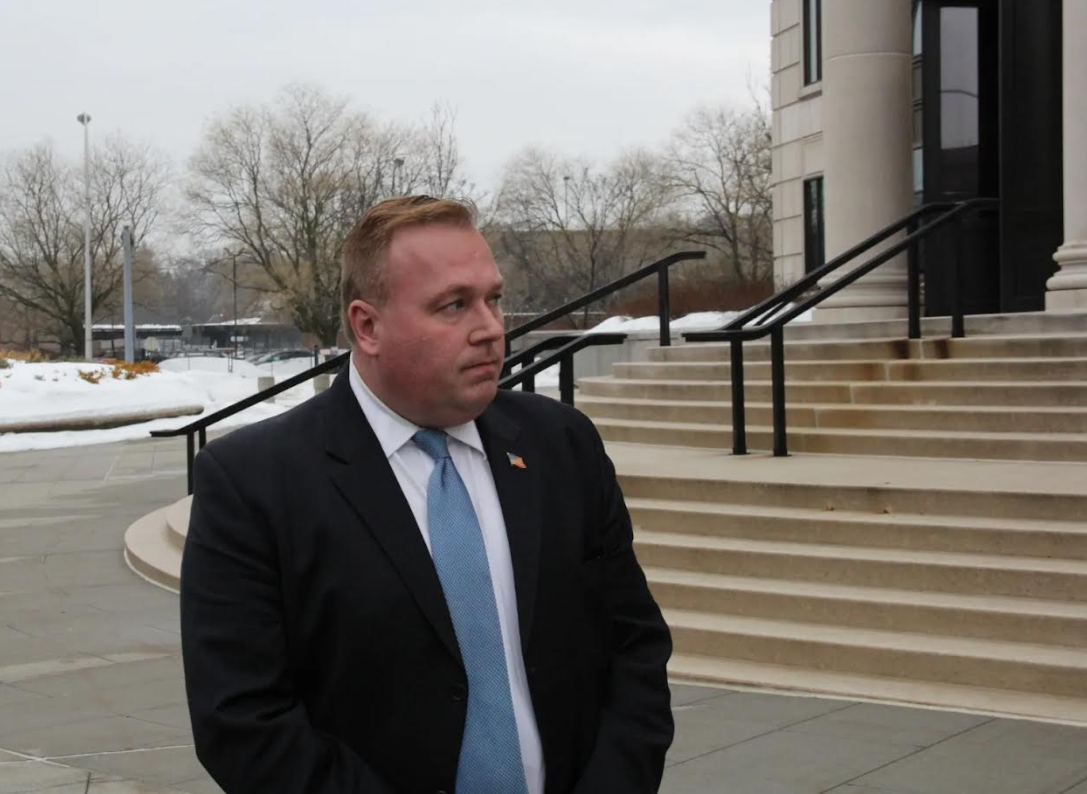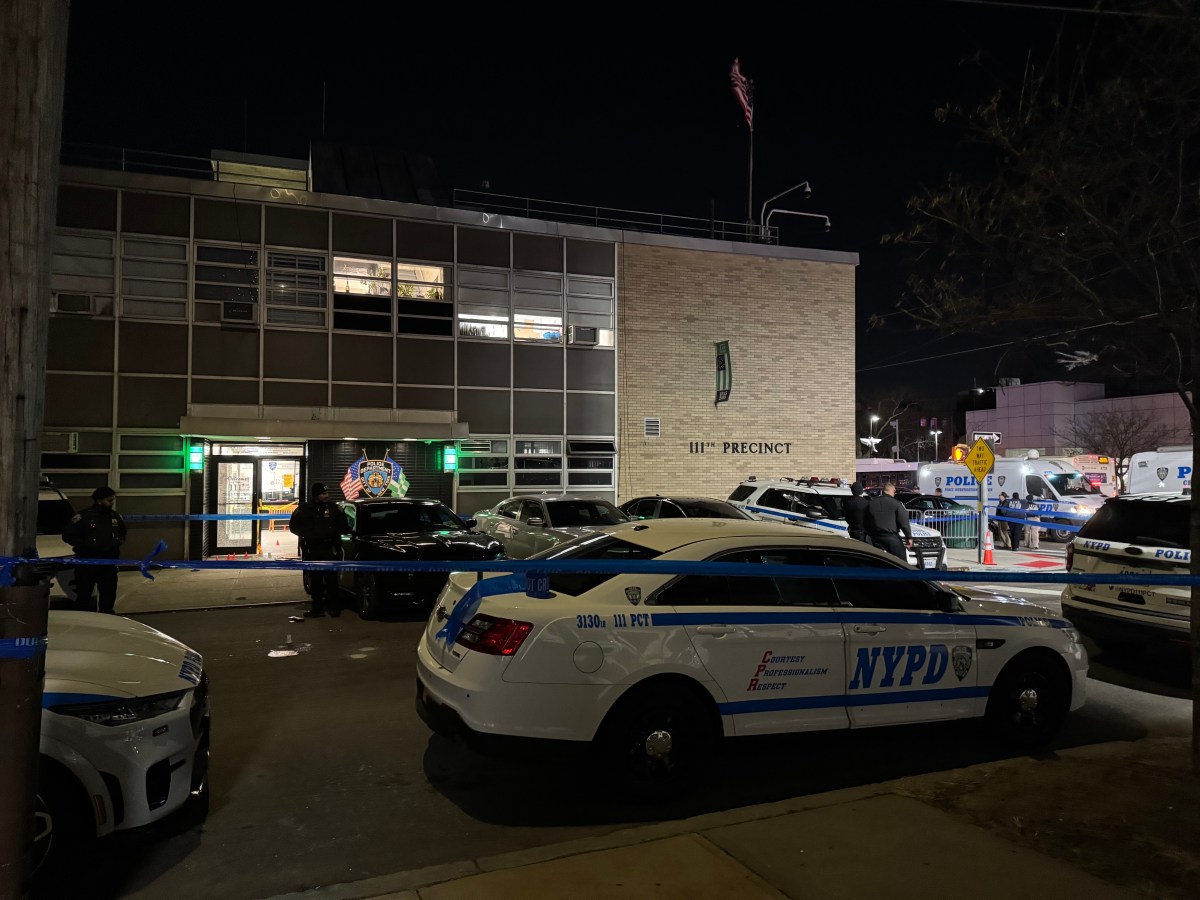By Danielle Stein
Finding safety and permanence in New York
Celia Kener was born Jewish in Poland in 1935. She spent the first half of World War II trying to be invisible in a Polish ghetto, watching the systematic murder of her aunts, cousins, and neighbors. The second half was spent hiding in a space smaller than a coffin in the barn of a gentile woman who agreed to hide her. After the war, she and her parents were miraculously reunited, and together they moved to a German displaced persons’ camp, after which they immigrated to the United States.
Jean-Marc Oppenheim was born Jewish in Egypt in the late 1940s. He and his family lived a comfortable life that included social clubs and French schools in Cairo — until the Suez Crisis in 1956, when a wave of anti-Semitism washed over the country. They, like other Jews, were given a deadline by which to leave the country and never return. Oppenheim packed one suitcase and fled with his family to Paris, where they lived on public assistance until President Kennedy loosened immigration quotas and the Oppenheims were able to come to America.
On the surface of things, it seems Kener and Oppenheim have little in common. They are half a generation apart, come from vastly different backgrounds, and suffered incomparable experiences.
But the people at the Museum of Jewish Heritage in Battery Park saw something profoundly similar in their stories: both fled their homes under duress and landed in New York. And there are countless more like them, Jews who found safety and permanence for the first time in this city.
“Most of these people have come from hard lives, they’ve seen things that I can’t imagine seeing,” said Jason Steinhauer, an assistant curator at the museum, which first opened in 1997. “And then they come to New York where you can walk around with a yarmulke, go to synagogue whenever you please, interact with your Jewish friends in the open, and they’re just amazed – they’re really awestruck that there is this freedom.”
The museum’s exhibit dedicated to these people and their city, “New York: City of Refuge – Stories From the Last 60 Years” opens September 14. It is in honor of the 350th anniversary of the first Jewish immigrants arriving in what was then called New Amsterdam. Through video, written statements, and artifacts, “City of Refuge” will tell the stories of nearly 40 Jewish immigrants to New York, no two identical. In fact, participants have come from Egypt, Syria, the former Soviet Union, Iran, Iraq, Cuba, and Poland; they’ve come under circumstances including professional discrimination, exile, and genocide.
And though they all found a home in New York City, reflected in the exhibit is the extreme diversity of their experiences here. Oppenheim’s family settled among other Middle Eastern Jews in the Midwood section of Brooklyn, providing him with friends and the makings for a happy American childhood. Meanwhile, Kener continued to struggle after her family settled in Manhattan. Her parents, too emotionally wrecked from the Holocaust, left her to raise her newborn brother.
“I didn’t have friends, I couldn’t go out and have fun,” she said. “I didn’t have a childhood.”
“The pressure of immigration causes drama and hardship,” said Sam Kliger, the director for Russian affairs at the American Jewish committee and a participant in the exhibit who immigrated to New York from the former Soviet Union, where he was a refusenik. Once here, he worked for the New York Association for New Americans, teaching Jewish immigrants about life here, everything from American history to how to pay taxes and get newspapers.
Kener, now a grandmother, eventually did find fulfillment here — she married and returned to college before beginning a career at Citibank and raising three children. Symbolic of this new life and its joys, Kener long ago changed her birthday to August 27, the day she arrived here from Europe. “That’s the day my life began,” she said.
But all the exhibit’s participants continued to struggle with the consequences that brought them to New York, if in different ways. Oppenheim took on his past through academics, becoming a professor with a focus on Egyptian studies and traveling back to live in Egypt for three years. Despite his official exile in the 1950’s, he enjoyed friendships with non-Jewish Egyptians.
Meanwhile, the Holocaust continued to haunt Kener throughout her life.
“I cannot even describe the things that I saw,” she said. “You’ve seen Schindler’s List? You know the little girl in the red coat who sees all the horror? I was that little girl.”
For all, the city they settled in was larger than life, and even more astounding was the extent to which Jews were embraced.
“Within days of arriving in Paris, I saw an anti-Semitic statement spray painted on a wall,” Oppenheim recalls. “The children, even some teachers, weren’t kind to me. But the moment my family landed here, we felt welcome, and had access to all sorts of support systems.”
That acceptance will be aptly and poignantly symbolized in the exhibit by the placement, at its entrance, of the iron doors that used to lead to the synagogue in JFK airport.
“These people would land at JFK and one of the first things they’d see would be these doors, with Hebrew writing on them,” Steinhauer said. “You wouldn’t see that in Syria – that’s for sure.”
Perhaps the only thing more poignant than the doors is the view from the exhibit. Fittingly, the Museum of Jewish Heritage overlooks Ellis Island and the Statue of Liberty. The museum’s curators purposely left the windows on one side of the exhibit unadorned, so that visitors will have a clear view of these symbols of welcome.
“These people came here from harsh environments,” Kliger said. “They had survival skills that helped them stay afloat in hostile environments. So no matter how tough it was to adjust, they certainly had the ability to survive in a friendly one.”
WWW Downtown Express



